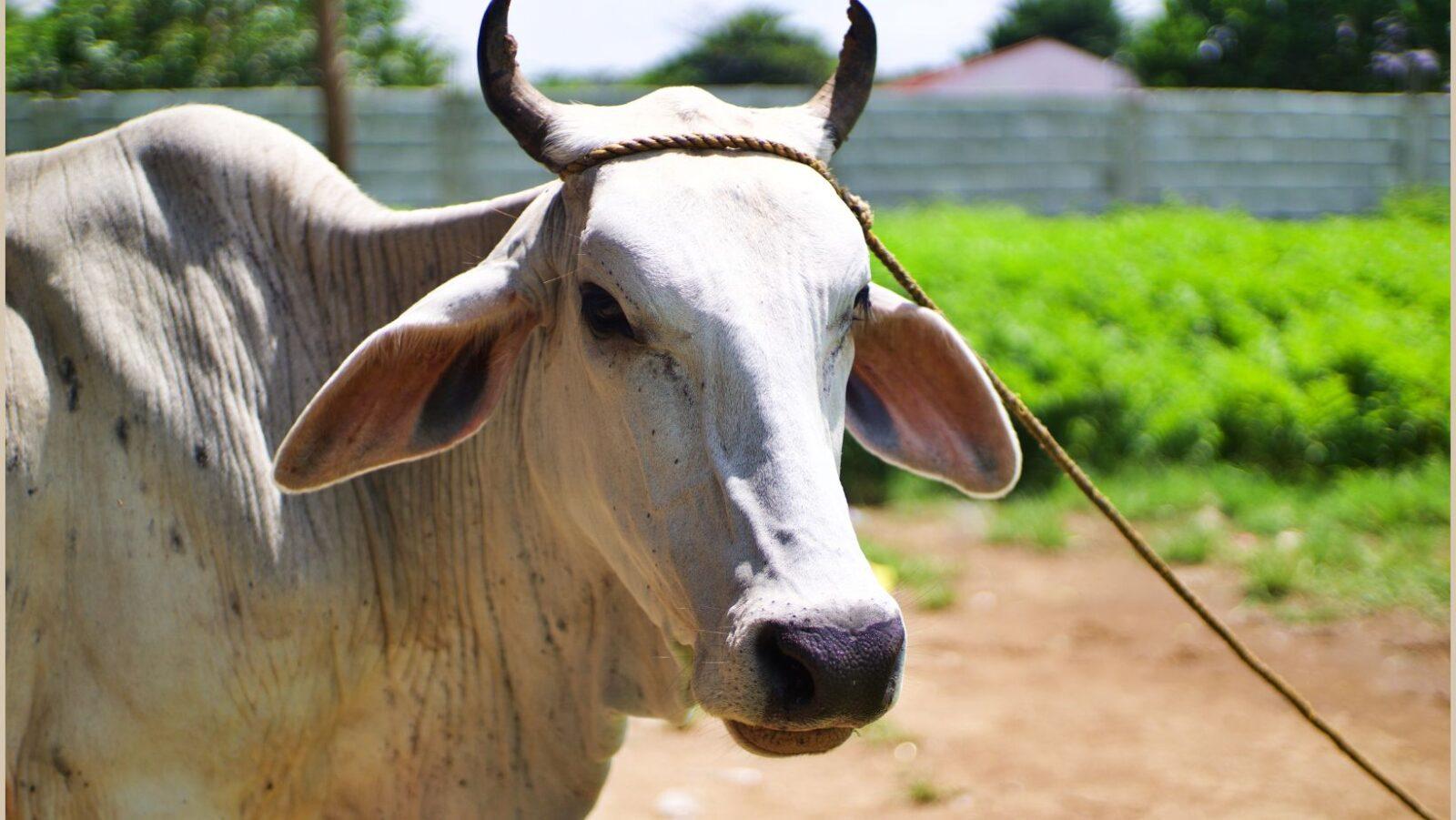•The Southeast Asian Regional Center for Graduate Study and Research in Agriculture (SEARCA) recently held a symposium on food security and climate change.
•Speaking in front of over 200 attendees, experts on agriculture and risk reduction shared their thoughts and experiences on the subject.
•The speakers stressed that addressing climate change’s impact on food security requires creativity, communication, and collaboration.
LOS BAÑOS, LAGUNA – Plan ahead, anticipate challenges, and work together.
These were the rallying cries of speakers at a symposium titled “Food Security and Resilience Amid A Changing Climate” on October 18, 2019 at the Southeast Asian Regional Center for Graduate Study and Research in Agriculture (SEARCA) Umali Auditorium, located within the University of the Philippines Los Baños (UPLB) campus.
The symposium was organized by the UPLB eSPALEKLEK in partnership with SEARCA. Over 200 students, educators, environmentalists, and the public gathered at the event, as three key speakers shared their thoughts on the topic.
Thank you for attending our symposium on food security and climate change resilience. We had a packed auditorium with over 200 participants. Official photos and video highlights will be posted soon. #espa49th
Posted by UPLB eSPALEKLEK on Monday, February 18, 2019
Food security and climate change
Climate change is a global phenomenon that is characterized by changes in climate patterns. According to NASA, 97% of climate scientists attribute these changes to human activities.
Climate change is evident in rising global temperatures and sea levels, warming oceans, melting ice sheets, extreme events, and ocean acidification.
Dr. Segfredo Serrano, undersecretary for policy and planning of the Department of Agriculture, discussed the status of Philippine agriculture and the dangers it faces due to climate change.
He presented data showing that changing rainfalls and temperature will likely reduce the number of agricultural goods produced nationwide.
This scenario, which is also shared by other countries, poses a threat to our growing global population.
A 2009 report from the United Nations’ Food and Agriculture Organization (FAO) estimated that farmers worldwide should produce 70% more food by 2050 to satisfy the needs of nine billion people.
He emphasized the need to restore watersheds and forests to ensure the survival and sustainability of Philippine agriculture.
Serrano also urged Filipinos, especially the youth, to be future-minded. He expressed his disappointment with the government and the public’s lack of imagination to look and prepare for the future.
“We do not even have a futuristic society. We do not have dreamers anymore,” said Serrano.
He added that the government should not settle on medium-term planning, and instead opt for strategies that transcend a presidential term.
Risk reduction, communication, and collaboration
Meanwhile, UP Project NOAH Director and UP Resilience Institute Executive Director Dr. Mahar Lagmay focused on climate change and risk reduction.
Dr. Lagmay summarized the lessons he learned in disaster risk reduction into two concepts: probabilistic risk assessment and open data.
In discussing the former, he explained how Project NOAH came up with multi-hazard maps. Unlike historical and deterministic maps that only visualize a single scenario based on past experiences, multi-hazard maps look at the bigger picture.
By incorporating climate change, these maps will help the government to plan effectively and specify the safest areas that will serve as evacuation spots, despite the presence of multiple hazards across time periods. He provided an example to demonstrate the implications of these maps on agriculture.
“Ito naman sa agriculture, binabaha ‘yung kanilang zone pero marami ring hindi binabaha. Baka ‘yung mga nandoon sa binabaha, pwedeng resilient crops ‘yung ilagay. Doon sa hindi, eh maglagay na lang ng crops na ordinary. Hindi naman sila binabaha,” Dr. Lagmay said.
With open access to data, he also encouraged all stakeholders to collaborate in communicating and replicating scientific findings.
“For everybody to work hand in hand, it is necessary that we have open data… Hindi naman pwedeng nagdidikta na lang ako, and you follow. You must have an opportunity to test what I’m saying,” said Dr. Lagmay.
Climate change-ready rice?
The third speaker, UPLB Institute of Crop Science Professor Dr. Glenn Gregorio, shared some innovations in rice production to adapt to climate change.
One example he mentioned was C4 rice, which produces high yield despite soaring temperatures. He also showed climate change-ready rice that can withstand drought, increasing salinity, and flood.
All three speakers ended their talk by inviting all sectors to participate in addressing climate change and food security.
Rice is a staple commodity worldwide. According to Professor Jane Langdale from Oxford University, three billion people consume rice daily across the globe — a number expected to increase in the coming years. –MF
Cover photo: SEARCA, dreamstime.com
References
- http://www.ox.ac.uk/news/2017-10-19-breakthrough-efforts-supercharge-rice-and-reduce-world-hunger
- https://climate.nasa.gov/evidence/
- https://www.theguardian.com/environment/2011/nov/28/un-farmers-produce-food-population

Author: Cesar Ilao III
Cesar III is currently a BS Development Communication student from the University of the Philippines Los Baños. As a science communicator, he is passionate about sharing science to all Filipinos.






